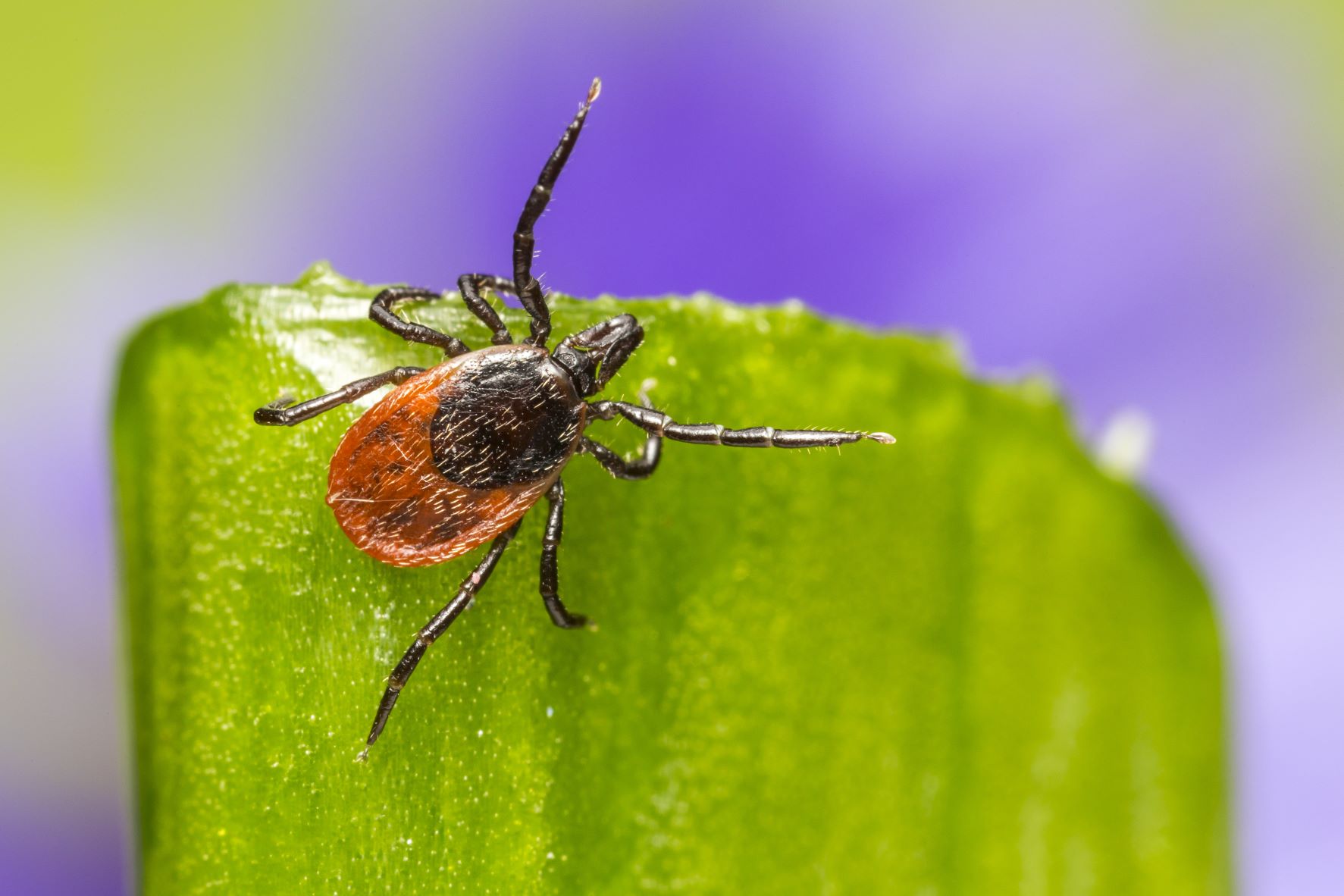Tackling tick-borne disease
3rd January 2022
With risk of tick-borne diseases changing as new seasonal and geographical patterns emerge, Ruminant Health and Welfare (RH&W) has brought together a new online resource to help farmers and vets to tackle these diseases.
Vanessa Swinson, veterinary lead of the APHA cattle expert group and RH&W steering group member, warns that both babesiosis and tick-borne fever in cattle have been diagnosed well into November this year, far later than normal.
“These have likely been precipitated by the warm weather supporting tick populations later into the year,” she explains.
“For example, babesiosis-positive samples have been submitted at consistent levels throughout this grazing season, demonstrating that babesiosis is not fitting with the seasonality we once thought occurred for this disease. This means the new RH&W web pages, pointing to resources to tackle them, are really timely.”
The new resource will help farmers and vets tackle a range of tick-borne diseases, including tick-borne fever, tick pyaemia, louping ill and babesiosis. In tick-dense areas these conditions can seriously affect production and, in some cases, force changes in grazing pattern to reduce the risk to susceptible stock.
Although tick-borne diseases are generally confined to recognised regions or hot-spots where impact is high, new tick risk areas are emerging. Sheep and cattle grazing in these areas can suffer from unpredictable disease incidents.
“The majority of submissions received have been from South-West England, with small pockets of localised infection also detected in North East and North West England, and North West Wales. This shows the significant difference in geographical prevalence of disease throughout England and Wales, which is likely to keep changing. The geographical prevalence of tick-borne disease is also important with regard to human health,” adds Vanessa.
The new web pages pointing to tick-borne diseases resources are the first in a suite of guidelines that will draw together facts and information to help farmers and vets to deal with high impact, low prevalence diseases which can have a devastating effect on farm.
RH&W has identified lead poisoning and Botulism as the two next conditions to be tackled, and is working in three other key areas over the next two years to help improve cattle, sheep, and goat production across the UK. These are: Priority diseases and syndromes, welfare opportunities, and future farming systems.
“We hope to be a catalyst for real change,” says Nigel Miller, chairman of RH&W. “The RH&W steering group, including Vanessa, is a unique collection of individuals who can share information across the four nations and collaborate to find solutions.”
Find information on RH&W’s high impact low prevalence diseases here.

